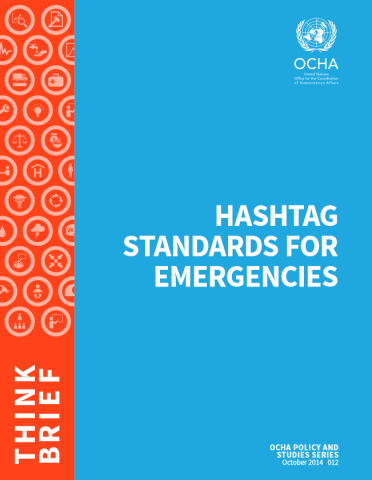Ethiopia: Country Case Study Report / How Law and Regulation Supports Disaster Risk Reduction
Ethiopia is the oldest independent country in Africa, has a total population estimated at 88 million (the third largest population in Africa), and contains over 80 ethnic groups spread over nine regional states and two city administrations, yet despite economic growth and a significant increase in human development over the past two decades, Ethiopia remains one of the […]

